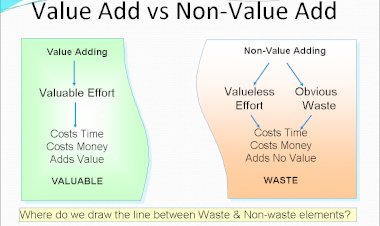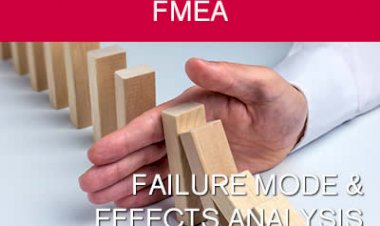Attribute R & R
Attribute R & R is an excercise of assessing the Measurement System for Discrete Data used in Six Sigma projects and outside.

Attribute R & R
Attribute R & R is a critical component of MSA exercise when the data at hand is discrete.
While your intent to study the measurement system for discrete data, one method that could be deployed is Attribute Agreement Analysis.
While doing Attribute Agreement Analysis, you could set out to study the Effectiveness and Efficiency of your measurement system.
Effectiveness
Through this method you set out to analyse the agreement percentage of multiple readings of the same sample (using different or same operators).
This is best explained through an example as below:
A quality evaluator assessed 10 calls and the accuracy scores are available.
(P.S. – It is advisable to use minimum 60 data points for analysis purpose if the data is discrete).
We would now want to check for the correctness of the measurement system hence you deployed two more quality evaluators to evaluate the same samples.
Now that the scores are available you shall compare results from these three quality evaluators for agreement.
| S.No | QA 1 | QA 2 | QA 3 | Agreement |
| 1 | 87 | 87 | 87 | Yes |
| 2 | 79 | 79 | 79 | Yes |
| 3 | 92 | 90 | 92 | No |
| 4 | 69 | 69 | 69 | Yes |
| 5 | 87 | 87 | 87 | Yes |
| 6 | 90 | 90 | 90 | Yes |
| 7 | 65 | 65 | 65 | Yes |
| 8 | 94 | 94 | 94 | Yes |
| 9 | 85 | 85 | 85 | Yes |
| 10 | 70 | 70 | 70 | Yes |
If you see the above example, there is just one disagreement in the 10 samples shown. Which means that Effectiveness Score comes out to be 90% (9/10*100). It is advisable that one should look at 60 samples for discrete data assessment.
While there are no rules on how much agreement % is okay, but higher is better. You must devise on what is acceptable is based on the cost of the mistake etc.
Efficiency
Through this method you set out to analyse the agreement percentage of multiple readings of the same sample (using different or same operators) and a master calibrator.
The same rules shall apply for efficiency measurement.
If in the above example you were to include a master evaluator (like a customer representative) to evaluate the same samples and then study the overall agreement percentage between them, that agreement percentage would be referred as Efficiency score of your measurement system.
Thus, higher the efficiency scores the better it is for the measurement system.

 Vinay Kumar
Vinay Kumar 





























Comments (0)
Facebook Comments